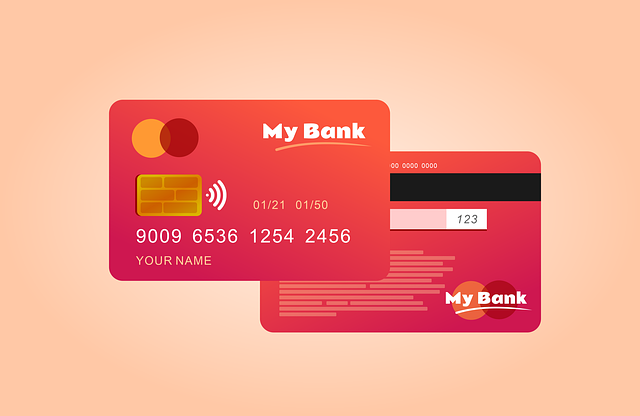Debt consolidation involves merging multiple high-interest loans into one low-interest loan, simplifying budgeting, saving on interest, and reducing psychological stress from managing many debts. By consolidating debt into one loan, individuals gain control over their finances, free up cash flow, and accelerate their path to financial freedom.
Struggling with multiple loans and payments? Simplify your finances with debt consolidation – a powerful strategy to streamline repayments into one manageable loan. In this article, we demystify the concept of consolidating debt, exploring its numerous benefits and diverse options. Learn how to transform your complex repayment landscape into a straightforward ‘one loan, one payment’ system, offering relief and financial control. Discover the steps, considerations, and tips for a successful consolidation journey.
Understanding the Concept of Consolidating Debt

Debt consolidation is a powerful strategy that involves combining multiple debts into one single loan with a lower interest rate and more manageable terms. This approach simplifies financial management by replacing several payments with just one, making it easier for borrowers to stay on top of their repayments.
By consolidating debt into one loan, individuals can potentially reduce their overall interest expenses and the complexity of keeping track of various due dates. It allows for better budgeting and can help accelerate the process of paying off the debt, providing a clearer path to financial freedom.
– What is debt consolidation?

Debt consolidation is a strategic financial move that simplifies management by combining multiple debts into one single loan with a single payment. Instead of juggling several creditors and due dates, this approach allows borrowers to streamline their payments, often at a lower interest rate. By consolidating debt into one loan, individuals can reduce the complexity of their finances and gain better control over their money. This process involves taking out a new loan specifically designed to pay off existing debts, which then becomes the single payment required each month.
This method offers several advantages, including easier budgeting, potential interest savings, and the psychological benefit of having fewer financial obligations. It’s particularly beneficial for those with various high-interest loans, such as credit card balances, personal loans, or even multiple student loans, as it simplifies repayment and can free up cash flow by reducing monthly payments.















